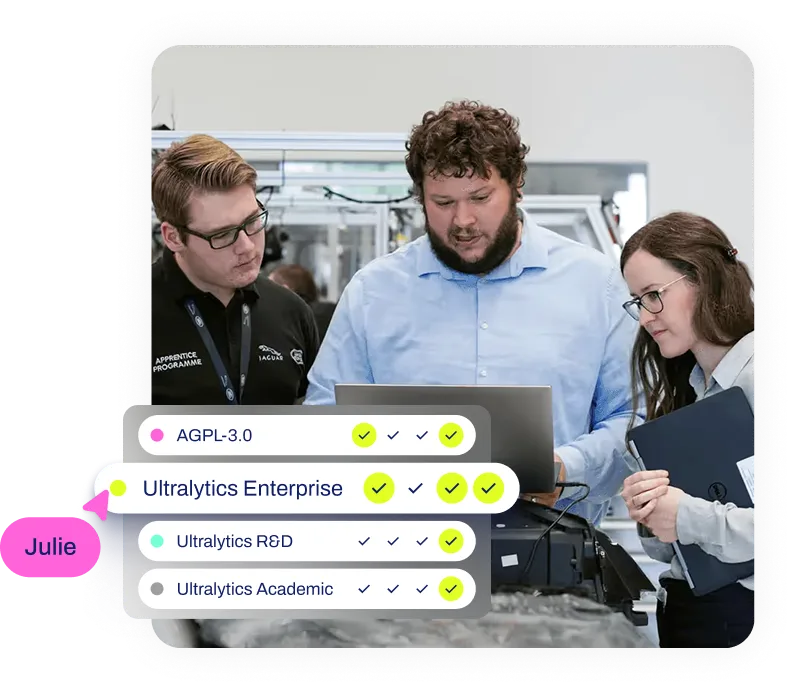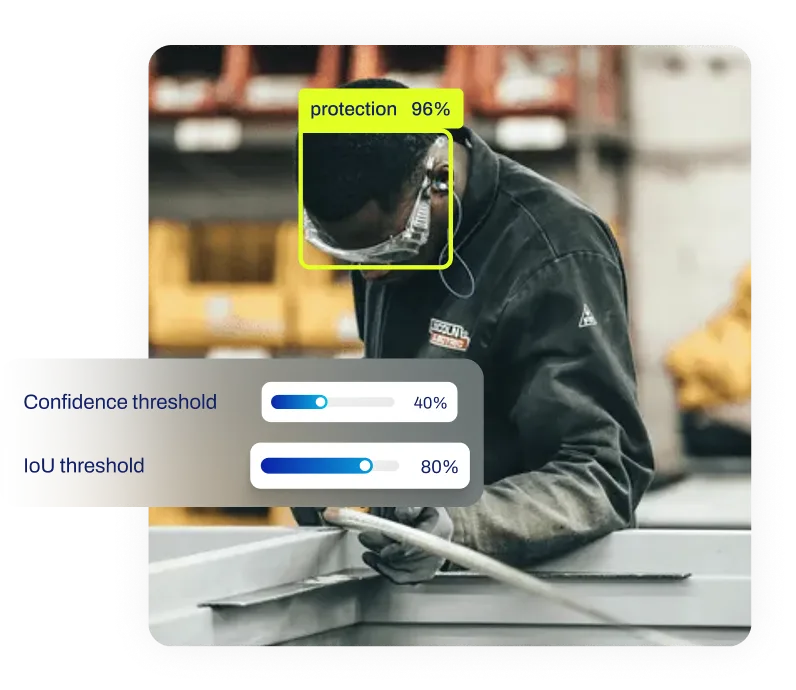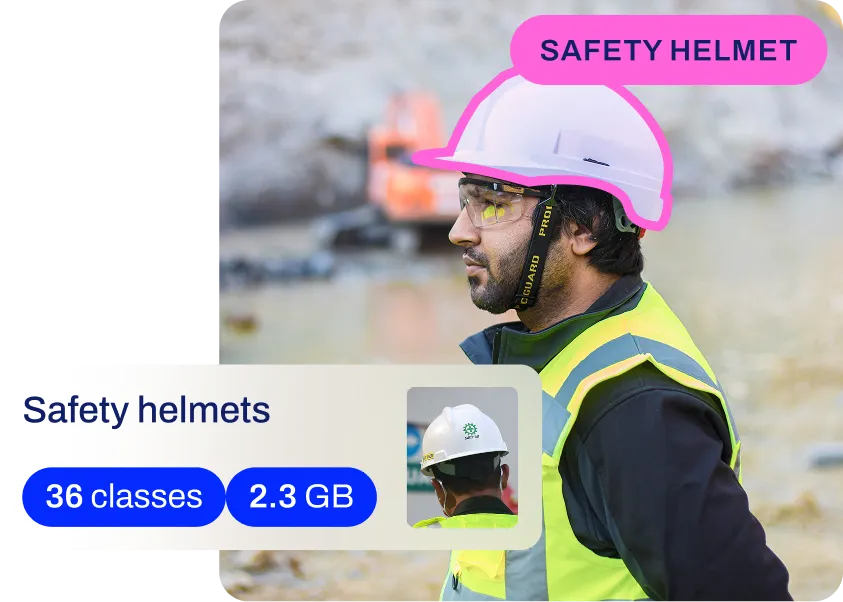Trả lời câu hỏi
Khám phá sức mạnh của hệ thống trả lời câu hỏi do AI điều khiển, cung cấp câu trả lời chính xác, giống con người bằng cách sử dụng NLP, máy học và học sâu.
Trả lời Câu hỏi (QA) là một lĩnh vực chuyên biệt trong trí tuệ nhân tạo và Xử lý Ngôn ngữ Tự nhiên (NLP), tập trung vào việc tạo ra các hệ thống có thể tự động trả lời các câu hỏi do con người đặt ra bằng ngôn ngữ tự nhiên của họ. Không giống như các công cụ tìm kiếm thông thường trả về danh sách các tài liệu liên quan, hệ thống QA hướng đến việc cung cấp một câu trả lời duy nhất, ngắn gọn và chính xác. Công nghệ này thu hẹp khoảng cách giữa sự tò mò của con người và thông tin kỹ thuật số, cho phép tương tác trực quan hơn với các tập dữ liệu phức tạp.
Cách thức hoạt động của Trả lời câu hỏi
Một hệ thống QA điển hình hoạt động thông qua một quy trình đa giai đoạn để hiểu và trả lời truy vấn. Đầu tiên, hệ thống thực hiện xử lý câu hỏi để phân tích cấu trúc ngữ pháp và xác định các thực thể chính cũng như ý định của câu hỏi. Tiếp theo, hệ thống chuyển sang truy xuất thông tin, tìm kiếm nguồn kiến thức—chẳng hạn như tập hợp tài liệu, cơ sở dữ liệu hoặc Sơ đồ Kiến thức có cấu trúc—để tìm các đoạn thông tin liên quan. Cuối cùng, trong giai đoạn tạo câu trả lời, hệ thống sẽ trích xuất đoạn văn bản chính xác chứa câu trả lời (QA trích xuất) hoặc tổng hợp một câu trả lời mới, mạch lạc dựa trên thông tin đã thu thập được (QA tạo sinh).
Các loại hệ thống trả lời câu hỏi
Hệ thống QA có thể được phân loại dựa trên phạm vi kiến thức và loại dữ liệu mà chúng xử lý:
- QA miền mở: Các hệ thống này được thiết kế để trả lời các câu hỏi về nhiều chủ đề khác nhau và thường lấy thông tin từ các nguồn quy mô lớn như World Wide Web. Các trợ lý kỹ thuật số như Google Assistant và Amazon Alexa là những ví dụ nổi bật tận dụng nghiên cứu từ các tổ chức như Google AI .
- Đảm bảo Chất lượng (QA) Miền Đóng: Các hệ thống này chuyên về một lĩnh vực cụ thể, chẳng hạn như thông tin y tế hoặc chính sách nội bộ của công ty. Bằng cách giới hạn phạm vi, chúng có thể đạt được độ chính xác rất cao và thường được sử dụng trong môi trường doanh nghiệp.
- Trả lời Câu hỏi Trực quan (VQA): Là một mô hình đa phương thức , VQA kết hợp Thị giác Máy tính (CV) và Xử lý Ngôn ngữ Tự nhiên (NLP) để trả lời các câu hỏi về nội dung của hình ảnh. Ví dụ, một hệ thống VQA có thể lấy một hình ảnh và một câu hỏi như "Xe màu gì?" rồi đưa ra câu trả lời dưới dạng văn bản. Điều này thường dựa trên các tác vụ thị giác cơ bản như phát hiện đối tượng bằng các mô hình như Ultralytics YOLO để nhận dạng đối tượng trước khi suy luận về chúng. Bộ dữ liệu VQA là một nguồn tài nguyên quan trọng cho nghiên cứu trong lĩnh vực này.
Mối quan hệ với các khái niệm khác
Sẽ rất hữu ích khi phân biệt QA với các thuật ngữ có liên quan chặt chẽ:
- Trả lời câu hỏi so với Chatbot: Chatbot được thiết kế để mô phỏng cuộc trò chuyện của con người, bao gồm chào hỏi, câu hỏi tiếp theo và đối thoại xã hội. Trong khi nhiều chatbot tiên tiến tích hợp khả năng Đảm bảo Chất lượng (QA) để trả lời các câu hỏi của người dùng, một hệ thống QA thuần túy chỉ tập trung vào việc cung cấp câu trả lời chính xác, chứ không phải duy trì luồng hội thoại.
- Trả lời câu hỏi so với Tìm kiếm ngữ nghĩa: Tìm kiếm ngữ nghĩa cải thiện độ chính xác của tìm kiếm bằng cách hiểu ý định và ngữ cảnh của truy vấn để tìm ra các tài liệu phù hợp nhất. QA tiến xa hơn một bước; nó sử dụng tìm kiếm ngữ nghĩa để tìm các nguồn tiềm năng và sau đó tiến hành trích xuất hoặc tạo ra câu trả lời trực tiếp, chính xác từ các nguồn đó.
Ứng dụng trong thế giới thực
- Tự động hóa Hỗ trợ Khách hàng: Một công ty thương mại điện tử có thể sử dụng hệ thống QA miền đóng để hỗ trợ chatbot hỗ trợ. Khách hàng có thể đặt những câu hỏi cụ thể như "Chính sách đổi trả hàng giảm giá của bạn là gì?" hoặc "Bạn có giao hàng đến Canada không?" và nhận được câu trả lời chính xác, tức thì từ cơ sở kiến thức của công ty, giúp nâng cao hiệu quả và sự hài lòng của khách hàng.
- Giải pháp AI trong Chăm sóc Sức khỏe: Trong môi trường lâm sàng, hệ thống QA có thể hỗ trợ bác sĩ bằng cách nhanh chóng tóm tắt thông tin từ các cơ sở dữ liệu y tế khổng lồ. Bác sĩ có thể hỏi: "Tác dụng phụ thường gặp của lisinopril là gì?" và hệ thống sẽ lấy dữ liệu từ các nguồn y tế đáng tin cậy như PubMed để cung cấp một danh sách tổng hợp, hỗ trợ việc ra quyết định nhanh chóng và sáng suốt hơn trong lĩnh vực AI chăm sóc sức khỏe .
Ý nghĩa trong AI
Question Answering đại diện cho một bước tiến quan trọng hướng tới tương tác giữa người và máy tính tự nhiên và thông minh hơn. Những tiến bộ trong các mô hình ngôn ngữ lớn (LLM) như BERT và GPT-4 đã cải thiện đáng kể hiệu suất QA, cho phép các hệ thống xử lý các câu hỏi ngày càng phức tạp và nhiều sắc thái. Việc phát triển các hệ thống QA thường liên quan đến các khuôn khổ ML tiêu chuẩn như PyTorch hoặc TensorFlow và có thể tận dụng các nền tảng như Ultralytics HUB để quản lý việc đào tạo và triển khai mô hình cơ bản.
Các viện nghiên cứu như Viện Allen về AI (AI2) và các tổ chức như OpenAI tiếp tục mở rộng ranh giới. Các nguồn tài nguyên như Bộ dữ liệu Trả lời Câu hỏi Stanford (SQuAD) rất quan trọng để đánh giá tiến độ, trong khi các thư viện từ các tổ chức như Hugging Face cung cấp các công cụ để triển khai các mô hình Đảm bảo Chất lượng (QA) tiên tiến. Khám phá Tài liệu và hướng dẫn của Ultralytics để biết thêm thông tin về việc triển khai các giải pháp AI. Các nghiên cứu đang được thực hiện được ghi nhận bởi các tổ chức như Hiệp hội Ngôn ngữ học Tính toán (ACL) và được thảo luận trong các cộng đồng như Towards Data Science .








